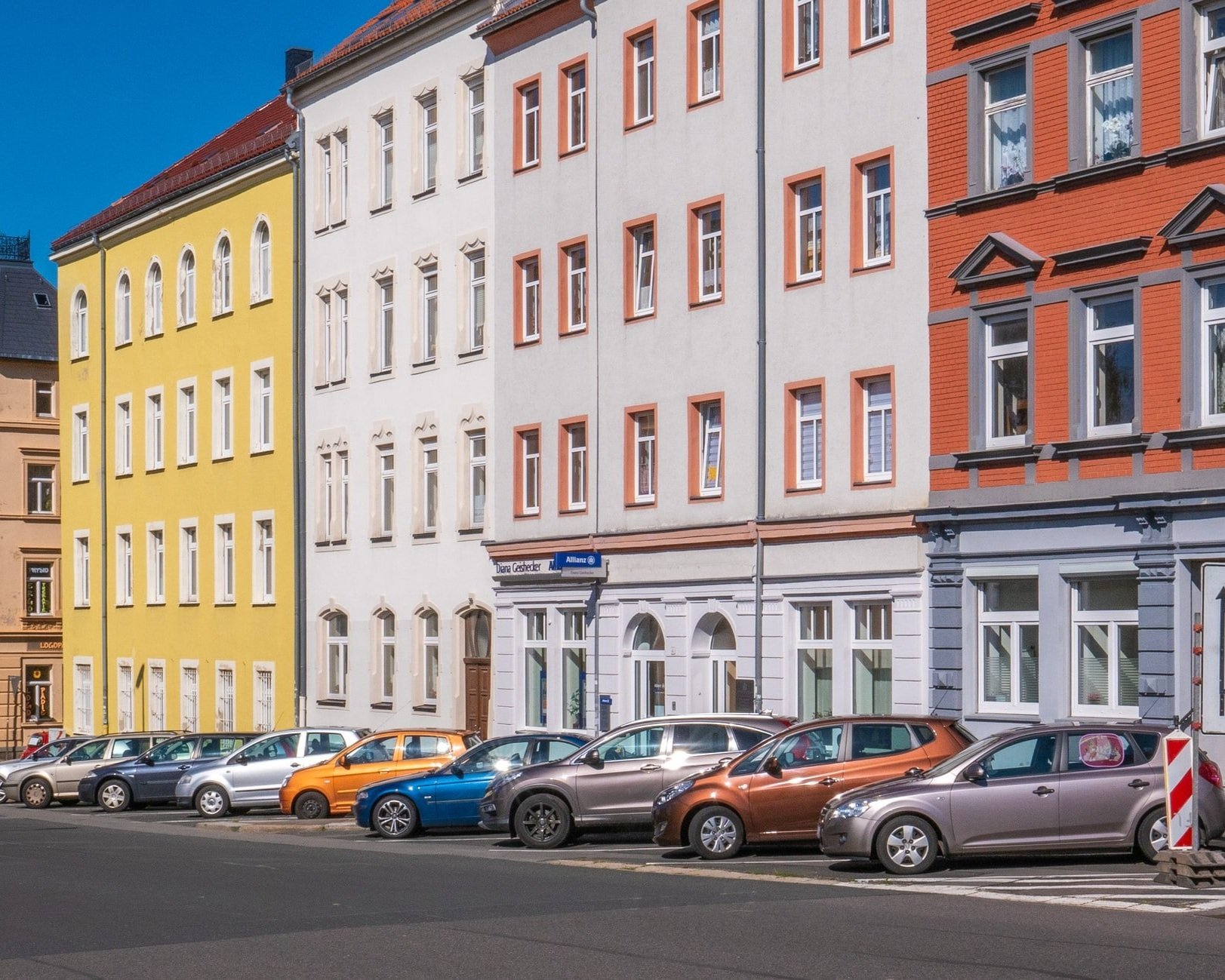Improving Wireless Connectivity and Efficiency in Multi-Dwelling Environments for Optimal User Satisfaction
Improving Wireless Connectivity and Efficiency in Multi-Dwelling Environments for Optimal User Satisfaction
Blog Article
Within today's world, having a robust and dependable Wireless signal is essential, especially in multi-unit environments like apartments or condo complexes. Numerous people depend on the network for employment, education, and leisure activities. However, Wi-Fi transmissions can struggle to extend to every area of these buildings due to multiple barriers. These obstacles can consist of walls, floors, and other digital devices that interfere with the signal. To improve Wireless signal strength and functionality in these environments, it is critical to grasp some basic principles of Wi-Fi networking.
One effective way to enhance Wi-Fi performance is by intelligently positioning gateways and access points throughout the building. A central location is usually best, as it enables the signal to travel evenly in all directions. In larger multi-dwelling units, multiple repeaters may be necessary. These units assist increase the range of the wireless network and provide better service to occupants in different parts of the structure. Additionally, using equipment that support the current Wi-Fi standards can lead to higher bandwidth and enhanced total efficiency.
Another key aspect in optimizing Wi-Fi signal strength is reducing interference from other devices. Most domestic items, such as microwaves and Go Here wireless handsets, can interfere with wireless transmissions. It is recommended to keep top article routers away from these appliances to ensure a clearer signal. Additionally, modifying the frequency settings on a router can assist in reduce interference from adjacent signals. Most routers automatically select the most suitable band, but individually selecting a less crowded one can enhance performance.
Regularly refreshing router software is also necessary for ensuring optimal wireless stability. Manufacturers routinely release updates that resolve bugs and improve security features. Maintaining the software up-to-date ensures that users benefit from the most recent enhancements and protections against possible risks. Furthermore, tracking bandwidth usage helps detect which devices utilize more resources, allowing for better management of existing resources.
Ultimately, educating users about proper usage for using wireless networks can significantly improve their performance. Simple measures such as pairing only necessary devices, employing wired links when feasible, and regularly restarting the router can improve reliability. By fostering a community that comprehends how to optimize their network efficiency, multi-dwelling residences can elevate user experience and ensure that all users enjoys a consistent internet service. This combined approach of planned deployment, reducing interference, managing equipment, and informing users will result in a more efficient and satisfying Wi-Fi usage for all occupants.